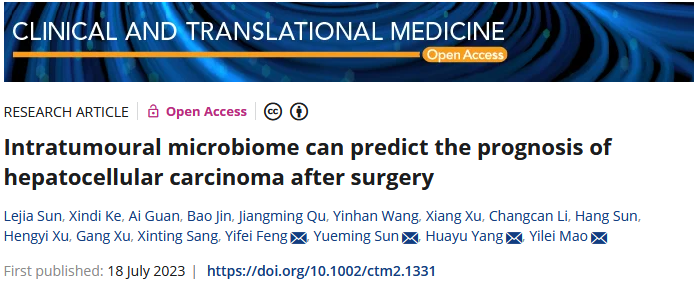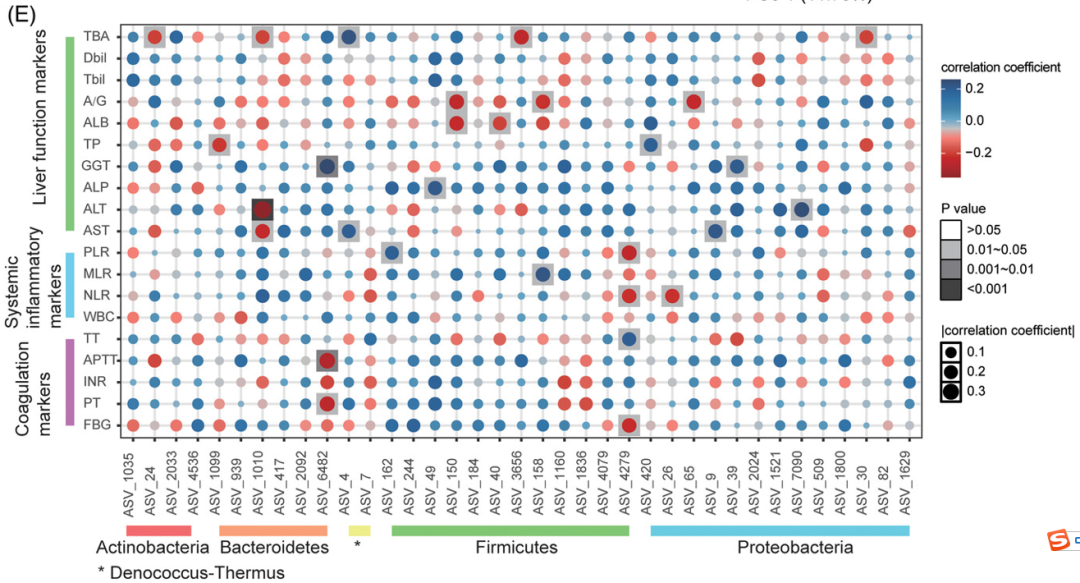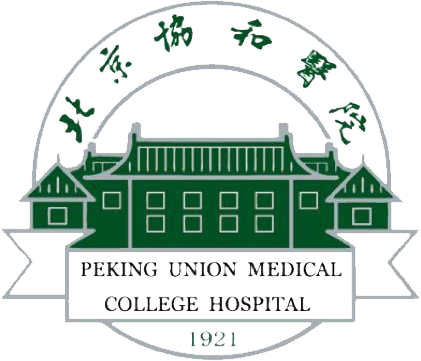Recently, the research findings of the team led by Mao Yilei and Yang Huayu from the Department of Liver Surgery, PUMCH were published as Research Article in “Clinical and Translational Medicine” (a JCR Q1 journal, IF 10.6). The study revealed significant microbiome differences between tumor and adjacent normal tissues in patients with liver cancer, as well as notable heterogeneity between different patients and also between different lesions within the same patient. The research suggests that the characteristics of the liver intratumoural microbiota can predict patient prognosis. This study provides valuable insights into the complex interactions between intratumoural microbes, tumor microenvironment (TME), and cancer cells, as well as potential clinical translation and prognosis assessment.

Liver cancer ranks the third among the leading cause of cancer-related deaths globally. Hepatocellular carcinoma (HCC) accounts for over 80% of all primary liver cancers. Research has confirmed that microorganisms exist in tumors such as lung cancer and pancreatic cancer, which were previously thought to be sterile. Currently, the academia has not yet determined the characteristics and clinical significance of the microbiome in HCC.
The study collected samples from tumor and adjacent (normal) tissues of 91 patients who met the surgical inclusion criteria and were pathologically diagnosed with HCC after surgery. The team proved the presence of bacteria in liver cancerous tissues using fluorescence in situ hybridization (FISH). Further analysis using 16S rDNA sequencing revealed that the microbiome in liver cancerous and adjacent tissues of HCC primarily consisted of Actinobacteria, Proteobacteria and Firmicutes. However, significant differences existed in terms of diversity and composition of the microbiome between different patients, between cancerous tissues and adjacent non-cancerous tissues within the same patient, and even between different cancerous lesions within the same patient.
Microbes with anti-tumour and tumour-promoting effects might coexist in the TME. Hence, to comprehensively understand the relationship between the intratumoural microbiome and disease outcome, the research team identified two hepatotypes of intratumoural microbial profiles based on the significant differences of microbiome in diversity and species composition. Compared with Hepatotype A, Hepatotype B had a higher microbiome diversity. After adjusting for multiple factors, it was found that Hepatotype A patients’ risks of postoperative death and recurrence were approximately 4 times and 2 times that of Hepatotype B patients respectively. There was no significant correlation between hepatotype and clinical-pathological characteristics such as patient’s gender, HBV, liver cirrhosis, alcohol abuse, and TNM staging.

▲Based on intratumoural microbiome, HCC can be divided into two distinct subtypes, referred to as hepatotypes

▲Differences between Hepatotype A and Hepatotype B patients with HCC in OS (left) and RFS (right)
This study indicates that the intratumoural microbiome is likely an independent prognostic biomarker of liver cancer, independent of traditional clinical and pathological features, and that it serves as an independent prognostic factor for postoperative survival of patients. Some specific intratumoural microbes are significantly correlated with patient liver function, coagulation function, and inflammation biomarkers. High levels of Akkermansia and Methylobacterium are associated with favorable overall survival (OS) and recurrence-free survival (RFS).

▲Some intratumoural microbes are significantly correlated with the liver function, coagulation function and inflammation biomarker of patients
Link: https://onlinelibrary.wiley.com/doi/10.1002/ctm2.1331#
Written by Yang Huayu and Gan Dingzhu
Translated by Liu Haiyan
Reviewed by Xu Haifeng and Wang Yao
